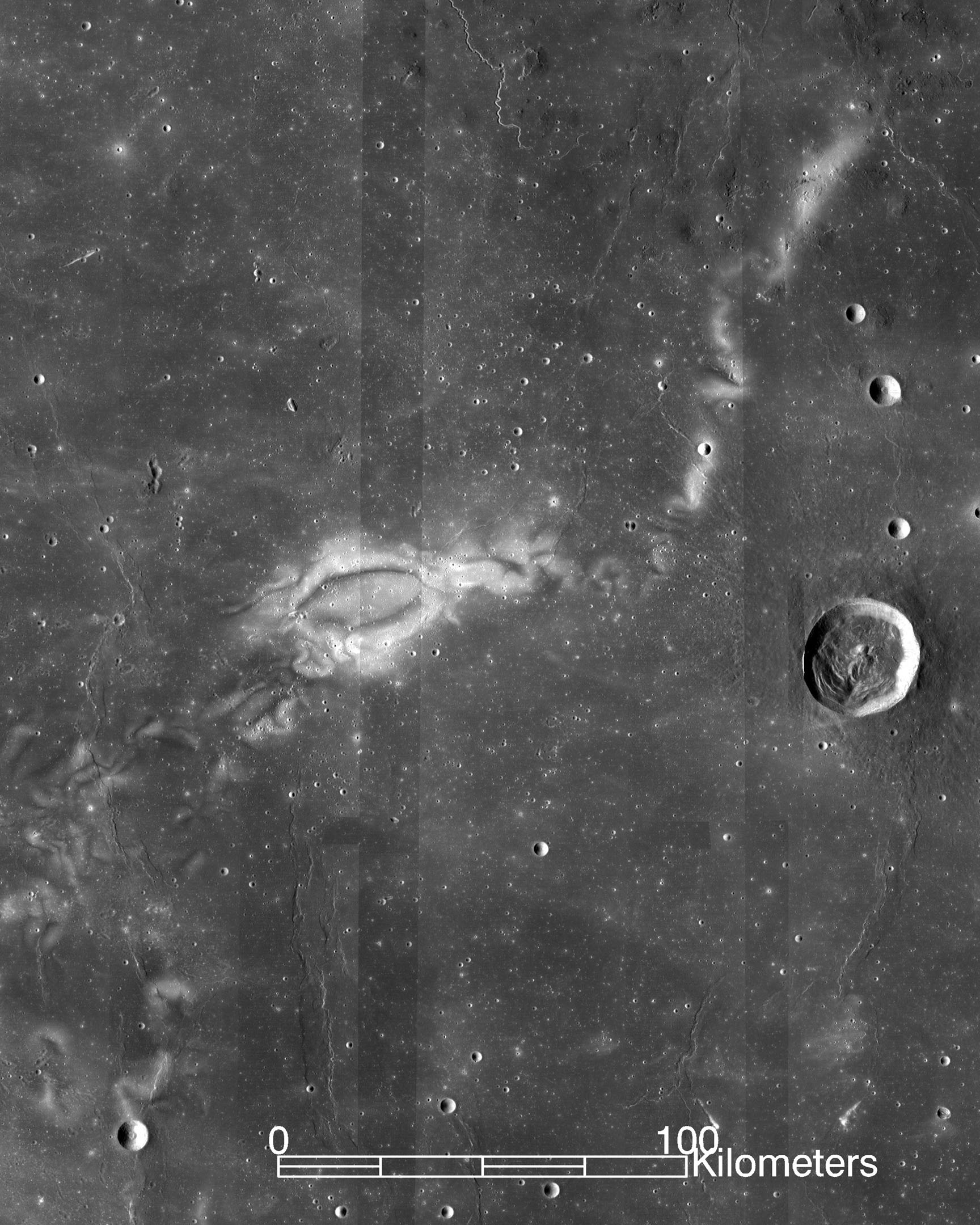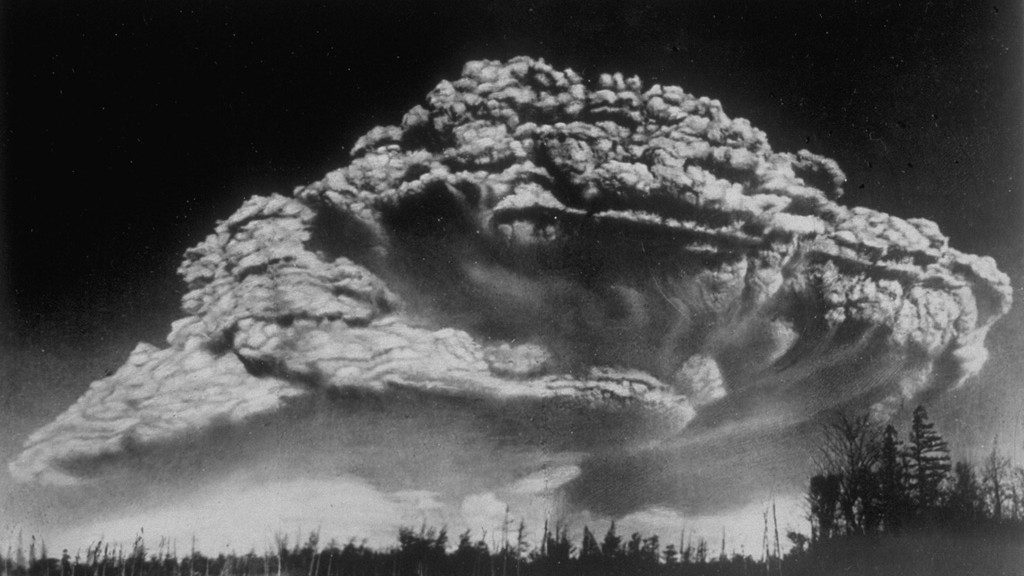Solar Wind Leaves 'Sunburn' Scars on Lunar Surface, NASA Missions Reveals
Some regions of the lunar surface exhibit a distinctive pattern of darker and lighter swirls. Using NASA's ARTEMIS mission — which stands for Acceleration, Reconnection, Turbulence and Electrodynamics of the Moon's Interaction with the Sun — astronomers have revealed new clues about the origin of these swirls.
The sun releases a constant flow of charged particles known as solar wind into space. While Earth's natural magnetic field deflects solar-wind particles, the moon has a weaker magnetic field, leaving some areas of the lunar surface exposed to the sun's damaging radiation, according to a statement from NASA.
Related: This NASA Video Tour of the Moon in 4K Is Simply Breathtaking
Unlike Earth, the moon doesn't have a global magnetic field. Rather, magnetized rocks near the lunar surface create small, localized magnetic fields that extend only a short distance, according to the statement.
"The magnetic fields in some regions [of the moon] are locally acting as this magnetic sunscreen," Andrew Poppe, a scientist at the University of California, Berkeley, said in the statement.
These small "bubbles" of protection deflect some of the damaging solar-wind particles. As a result, light-colored swirls form in the shielded areas. However, the bordering areas become noticeably darker.
"You know, sometimes you put on sunscreen and you miss a tiny little bit and then you have a really bright red spot on you your skin where you missed it," Poppe said in a NASA videoexplaining the discovery. "That's, in some ways, the analogy for the region of the moon that is extra exposed."
Get the world’s most fascinating discoveries delivered straight to your inbox.
The team hopes the findings will help protect astronauts from the harmful effects of radiation during future missions to the moon. Although the moon's crustal magnetic fields may not be strong enough alone to protect astronauts, it may be possible to create a stronger magnetic field artificially, Poppe said in the video.
- This NASA Video of the Moon's Lunar Landmarks Is Simply Amazing
- NASA's Stunning Photo of the Moon Will Make You Swoon
- What Moon Craters Can Tell Us About Earth, and Our Solar System
Follow Samantha Mathewson @Sam_Ashley13. Follow us on Twitter @Spacedotcom and on Facebook.
p.p1 {margin: 0.0px 0.0px 12.0px 0.0px; font: 10.0px Arial; color: #000000; -webkit-text-stroke: #000000} p.p2 {margin: 0.0px 0.0px 12.0px 0.0px; font: 10.0px Arial; color: #103cc0; -webkit-text-stroke: #103cc0} p.p4 {margin: 0.0px 0.0px 10.0px 0.0px; font: 10.0px Arial; color: #000000; -webkit-text-stroke: #000000} li.li2 {margin: 0.0px 0.0px 12.0px 0.0px; font: 10.0px Arial; color: #103cc0; -webkit-text-stroke: #103cc0} li.li3 {margin: 0.0px 0.0px 0.0px 0.0px; font: 10.0px Arial; color: #103cc0; -webkit-text-stroke: #103cc0} span.s1 {font-kerning: none} span.s2 {text-decoration: underline ; font-kerning: none; color: #103cc0; -webkit-text-stroke: 0px #103cc0} span.s3 {text-decoration: underline ; font-kerning: none; color: #0000ff; -webkit-text-stroke: 0px #0000ff} span.s4 {font-kerning: none; color: #000000; -webkit-text-stroke: 0px #000000} span.s5 {color: #000000; -webkit-text-stroke: 0px #000000} span.s6 {text-decoration: underline ; font-kerning: none; color: #274ec0; -webkit-text-stroke: 0px #274ec0} span.s7 {font-kerning: none; color: #494949; -webkit-text-stroke: 0px #494949} ul.ul1 {list-style-type: disc}




